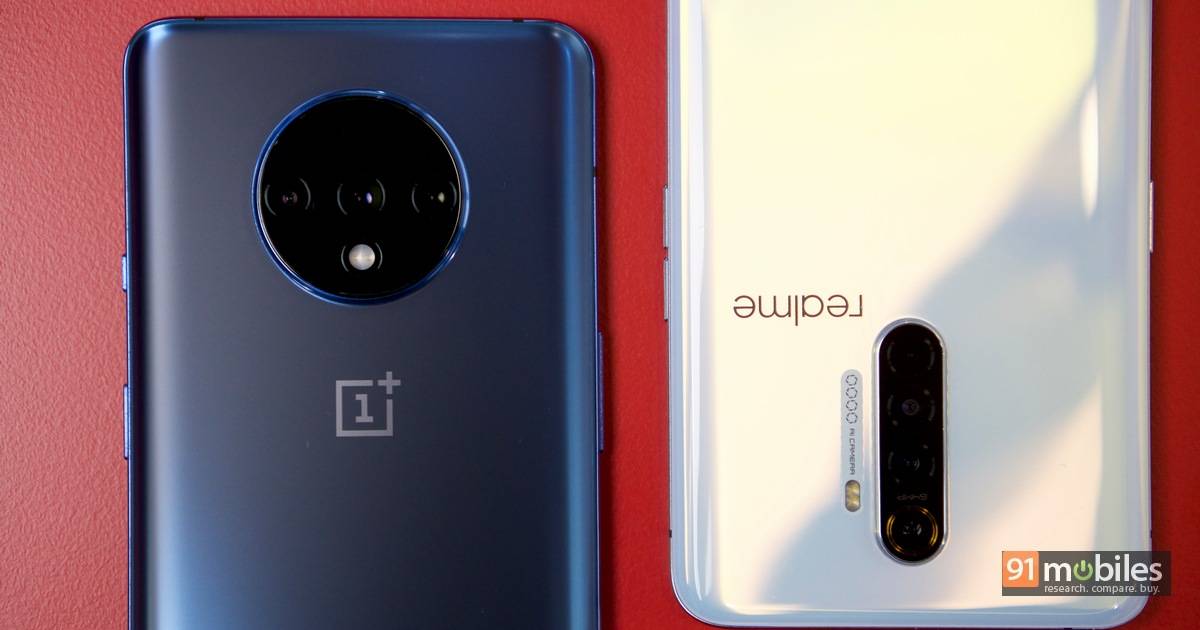
“Here’s how the new Realme X2 Pro stacks up against the OnePlus 7T in terms of shooting capabilities”
Smartphone cameras have been improving at a phenomenal rate and companies are taking computational photography to the next level. Some years back it would have been impossible to assume that 64MP cameras could be available on smartphones priced less than Rs 15,000 and yet Xiaomi and Realme are shattering expectations with their mid-range smartphones. The Realme X2 Pro (review), which was announced on November 30th, is currently the most affordable phone with a Snapdragon 855+ chipset and high 90Hz refresh rate display. It also packs in a 64MP Samsung ISOCELL camera sensor that has been seen on the likes of the Realme XT (review) and Redmi Note 8 Pro (review). At Rs 29,999 starting price, this is Realme’s flagship phone and suffice it to say it is creeping into OnePlus territory. While the OnePlus 7T (review) does not have an extensive quad-camera array with a 64MP sensor, it does implement a respectable 48MP Sony IMX586 sensor on a triple-camera setup.
The Realme X2 Pro (review), which was announced on November 30th, is currently the most affordable phone with a Snapdragon 855+ chipset and high 90Hz refresh rate display. It also packs in a 64MP Samsung ISOCELL camera sensor that has been seen on the likes of the Realme XT (review) and Redmi Note 8 Pro (review). At Rs 29,999 starting price, this is Realme’s flagship phone and suffice it to say it is creeping into OnePlus territory. While the OnePlus 7T (review) does not have an extensive quad-camera array with a 64MP sensor, it does implement a respectable 48MP Sony IMX586 sensor on a triple-camera setup.

- No application fee
- No down payment required
- No pre-closure fee
It is really commendable that Realme, a company which started only a couple of years ago, is now delivering class-leading camera hardware on its smartphones. But does slapping a 64MP sensor really translate into better images? The short answer is yes… and no. While logic dictates that a higher resolution sensor must capture more details, in reality, there is a lot of image processing happening on the phone which greatly affects the quality of the photo. This is why a 12MP iPhone 11 Pro can churn out better photos than a Realme X2 Pro or a OnePlus 7T. So let’s find out how Realme and OnePlus’ latest flagship phones stack up against each other as far as cameras are concerned.
For the purpose of this comparison, shots have been taken in various modes that the camera offers, which include ultra-wide, telephoto, macro, night mode, and normal mode.
Macro photography

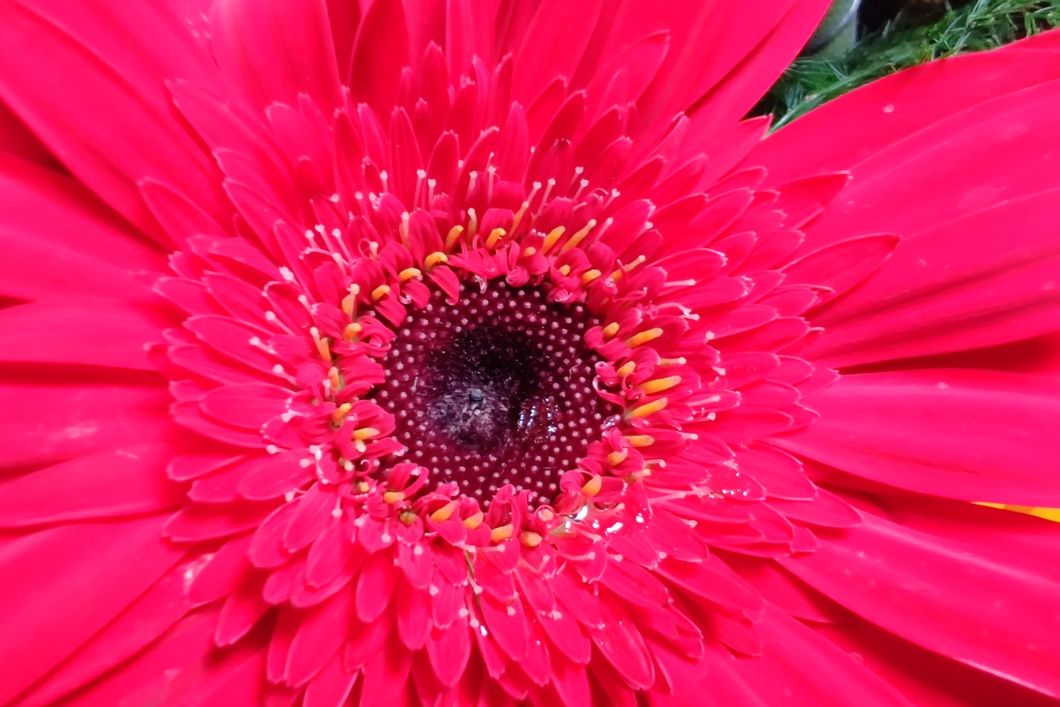
Unlike the Realme X2 Pro, the OnePlus 7T does not have a dedicated macro lens for close-up photography. OnePlus has said that it does have a slight hardware tweak in the camera for the OnePlus 7T so that the primary lens can focus on objects as close as 2.5 cm but most of the work is done by software alone. The X2 Pro has a 2MP macro lens which allows for a focal length of about 2cm. While I had believed that OnePlus 7T could pull off superior macro photography on the shoulders of software alone, the extra dedicated hardware brings in a huge difference. In the shot above showing the stigma of a flower, one can clearly see the amount of detail that the X2 Pro has preserved in the pollen grains and the surrounding area as compared to the OnePlus 7T. There is also a huge difference in colour reproduction with the OnePlus 7T actually making the bright red flower a dull pink while the X2 Pro brings out truer colours.
Ultra-wide
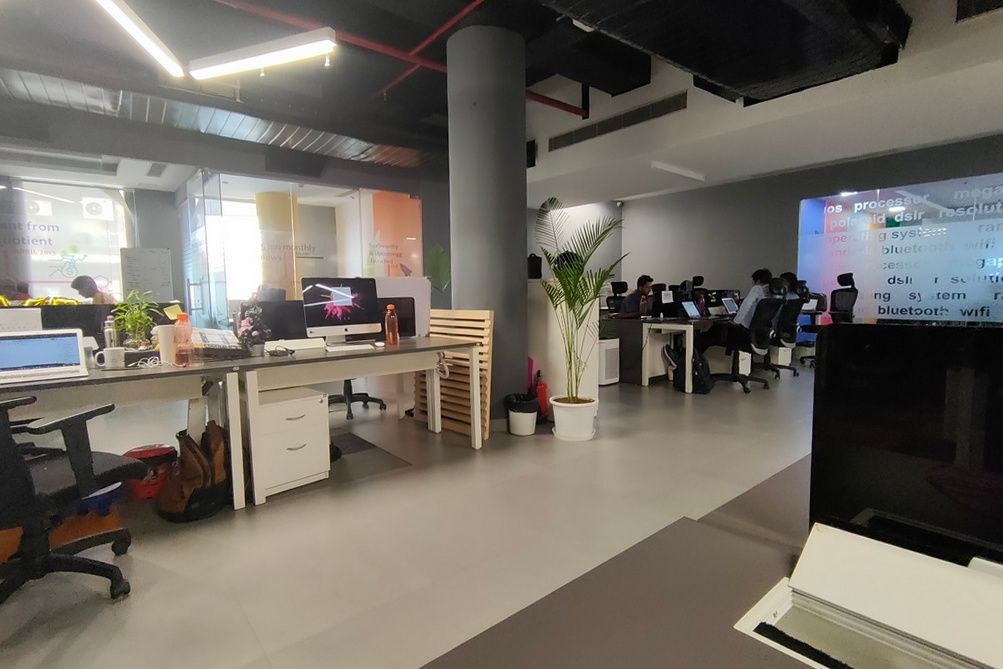
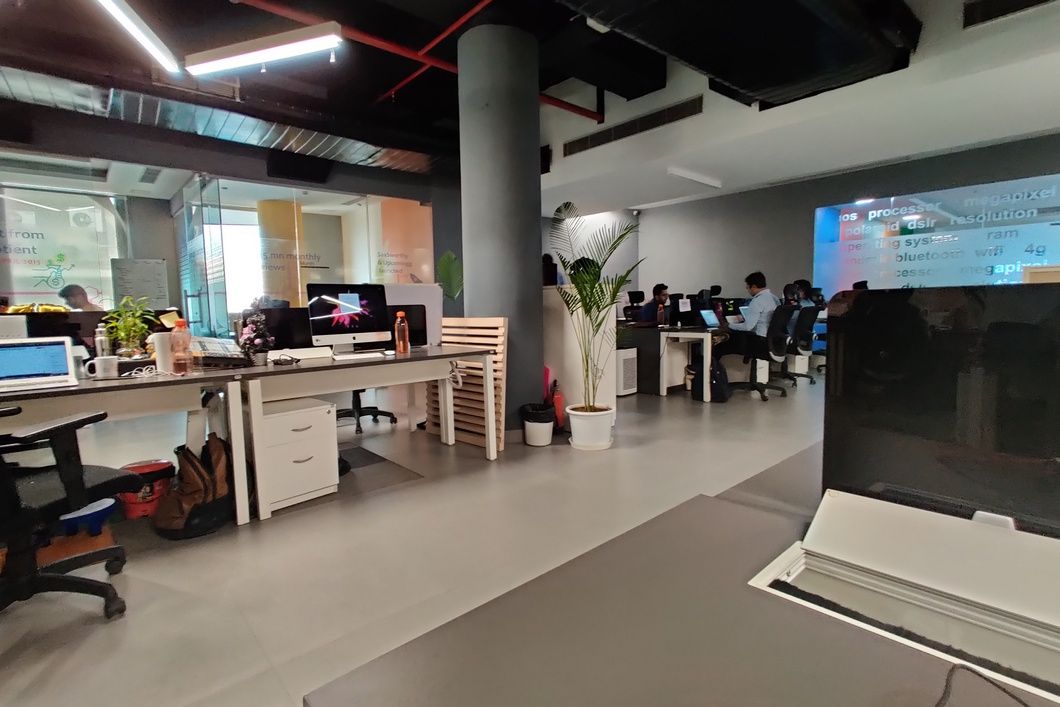
Both phones have done a relatively good job with ultra-wide photos. Details appear to be more on the OnePlus 7T shot along with better colour temperature. The Realme X2 Pro tends to favour warmer colours and while the focus is sharp in the centre of the image, along the sides we see the focus softing, along with distortions in the field of view. In this photo sample, we can see that the plant in the center of the frame has been captured in truer colours by the OnePlus 7T. Exposure has also been calibrated better by OnePlus as we see the lights on the top right blown out in the X2 Pro shot. The Realme also captures less in its frame as it has a 115-degree field of view, as compared to the 117-degree offered by the OnePlus 7T.
Landscape
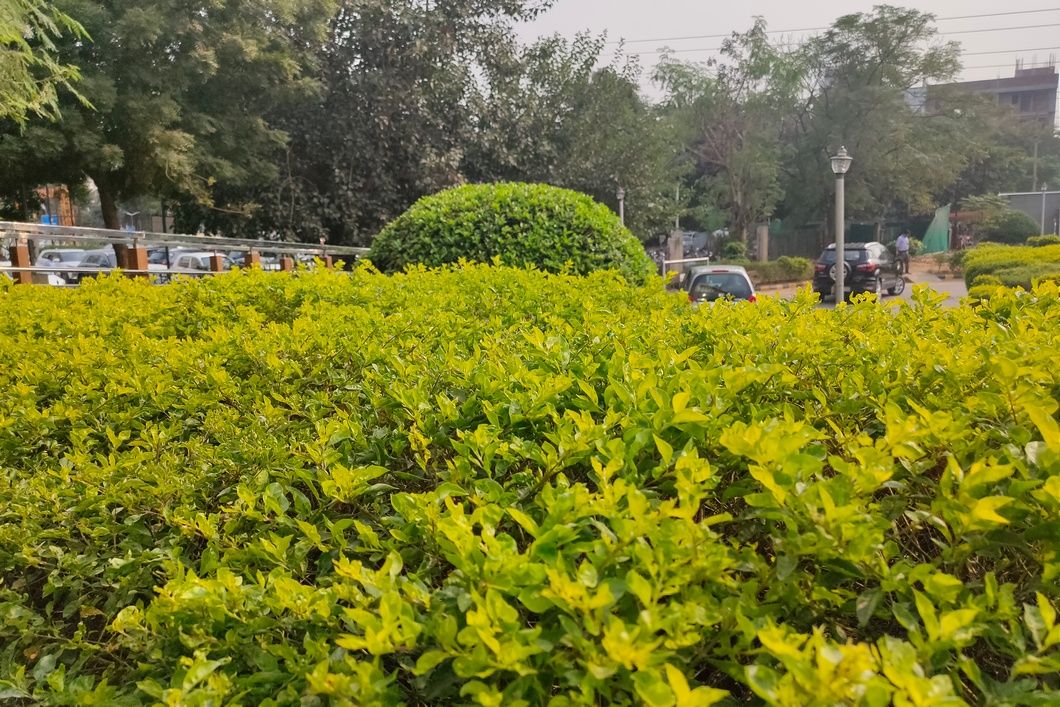
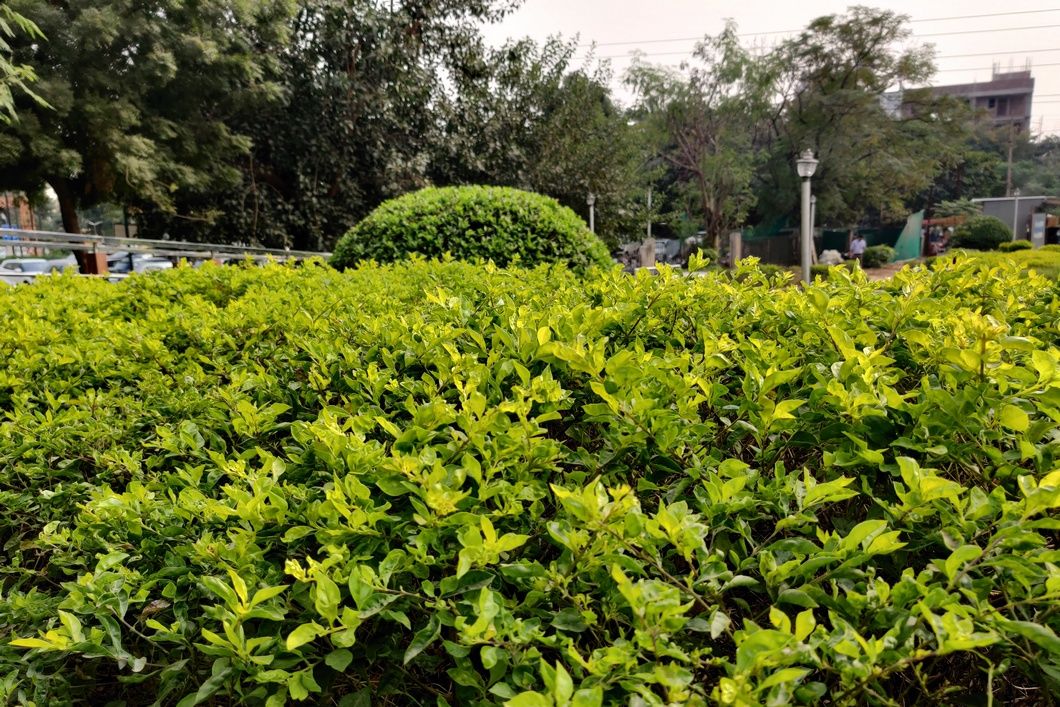
This is a category that is important for smartphone photography as most people will click pictures in normal mode with good lighting conditions. While both phones are more or less equal, my eyes favour the photos churned out by the OnePlus 7T. It depends on what a person clicking a picture prefers in their photo. The OnePlus 7T has a much more centred focus while the surrounding area is slightly softer. The Realme X2 Pro has a wider focus area but that comes at the cost of losing details slightly as compared to the Oneplus 7T. Dynamic range and exposure calibration on both devices are the same and quite good at that. In the photos below we can see colours are life-like on OnePlus 7T whereas the X2 Pro makes the photo slightly dull.


This seems quite surprising considering the fact that the X2 Pro packs in a 64MP sensor which, in theory, should be capturing in more light and details than the 48MP sensor on the OnePlus 7T. Both phones use pixel-binning to produce detailed 16MP and 12MP photos respectively. There is a dedicated option in the X2 Pro to click high-resolution 64MP shots, but in the 7T you can only click the standard 48MP pixel-binned photo, unless you change the setting in Pro mode, something I believe very few people will do. Side-by-side comparison of the 64MP shot on the X2 Pro seems to have less details than the 7T’s 48MP shot. The X2 Pro did get in slightly more light, but the picture looked quite dull in comparison to the OnePlus 7T, which does a splendid job of colour reproduction.
5X Zoom
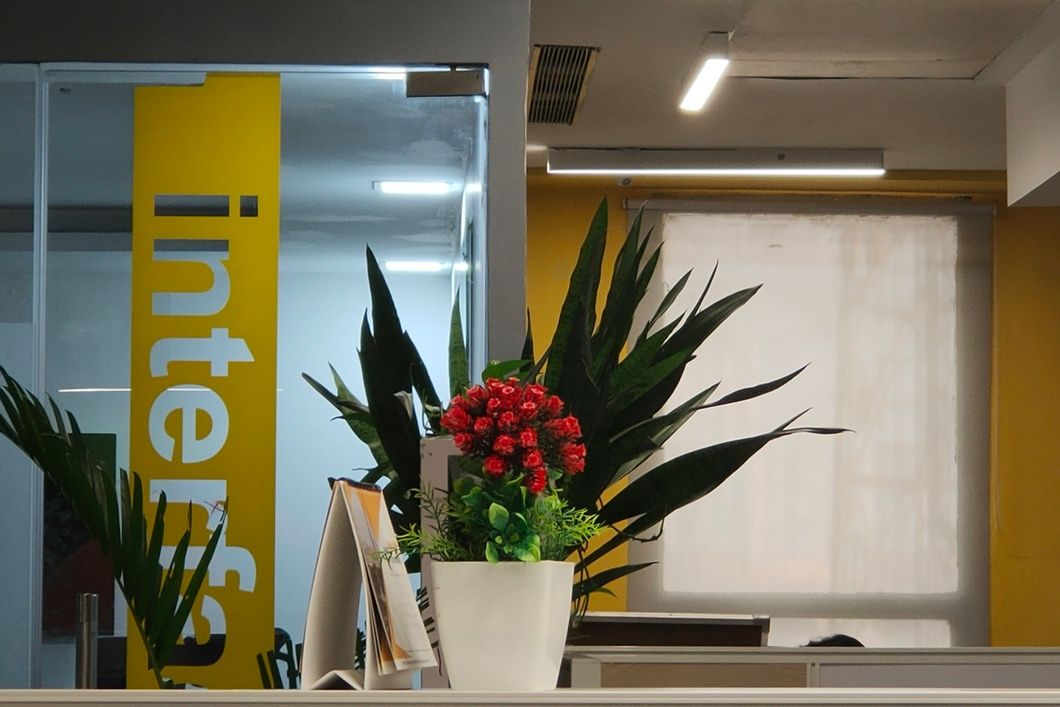
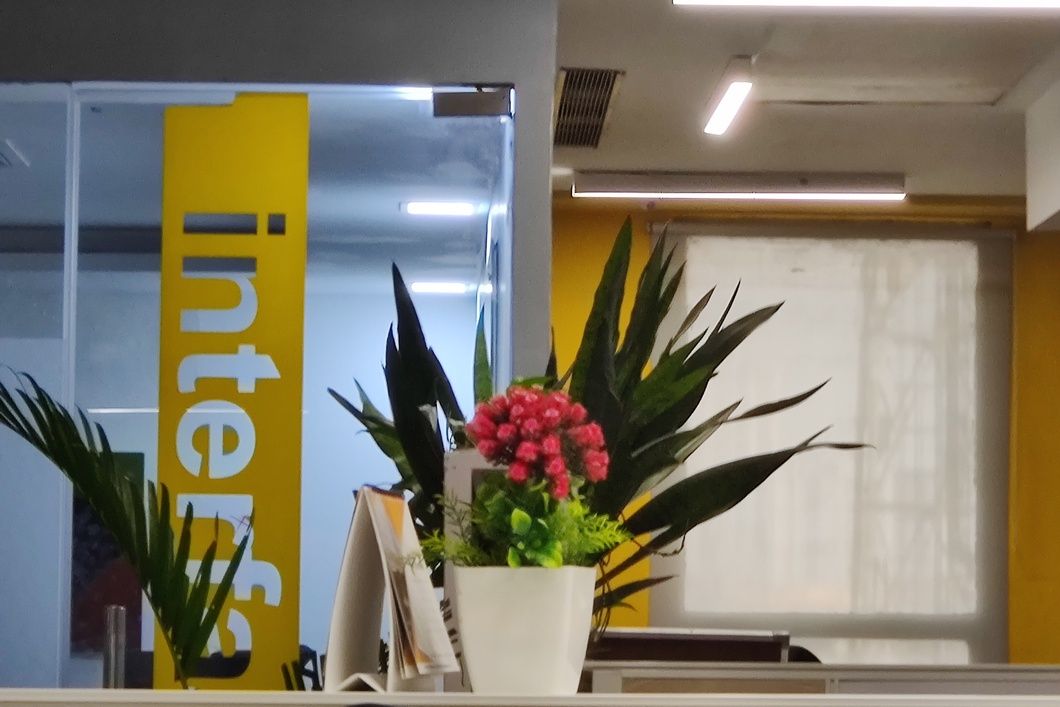
Although the Realme X2 Pro touts 20X Hybrid zoom, the OnePlus 7T has to settle for 2X optical zoom via the telephoto lens and this can be digitally increased to 10x. As a common test, I zoomed in both the devices to 5X and clicked a picture. In the above sample, a plant placed some distance away from my desk is the subject. At 5X the Realme brings in significantly more details producing a more colour-accurate photo with much more focus while the OnePlus 7T has lost all details in the flowers on the plant. Exposure is adjusted on both the phones and the dynamic range is also kept in check. However, Realme X2 Pro takes the cake here for preserving the details.
Portrait mode


The OnePlus 7T has the ability to use both the primary and telephoto lens to take portrait mode shots which means that you can take the same portrait mode shot while standing further back although this would mean a dip in quality. The Realme X2 Pro has only a single wide-angle mode for clicking portraits. Here the OnePlus 7T appears to be the clear winner with excellent background separation and good focus on the subject. In the following photo of my colleague Prateek, you can see that the OnePlus 7T has captured the details in his red sweater perfectly along with keeping the colours accurate. While details on the X2 Pro are also maintained, it has rendered Prateek’s sweater into a maroonish shade which does not match its actual colours. The photo is also over-exposed in the case of the X2 Pro while the 7T churns out the more natural-looking photo.
Night mode
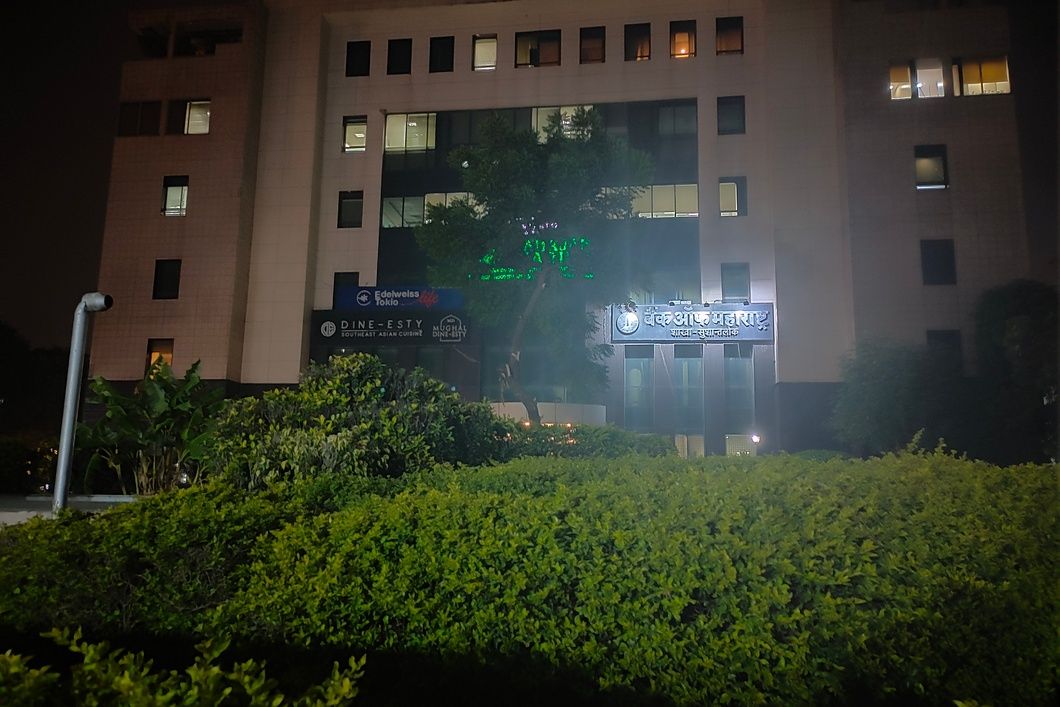
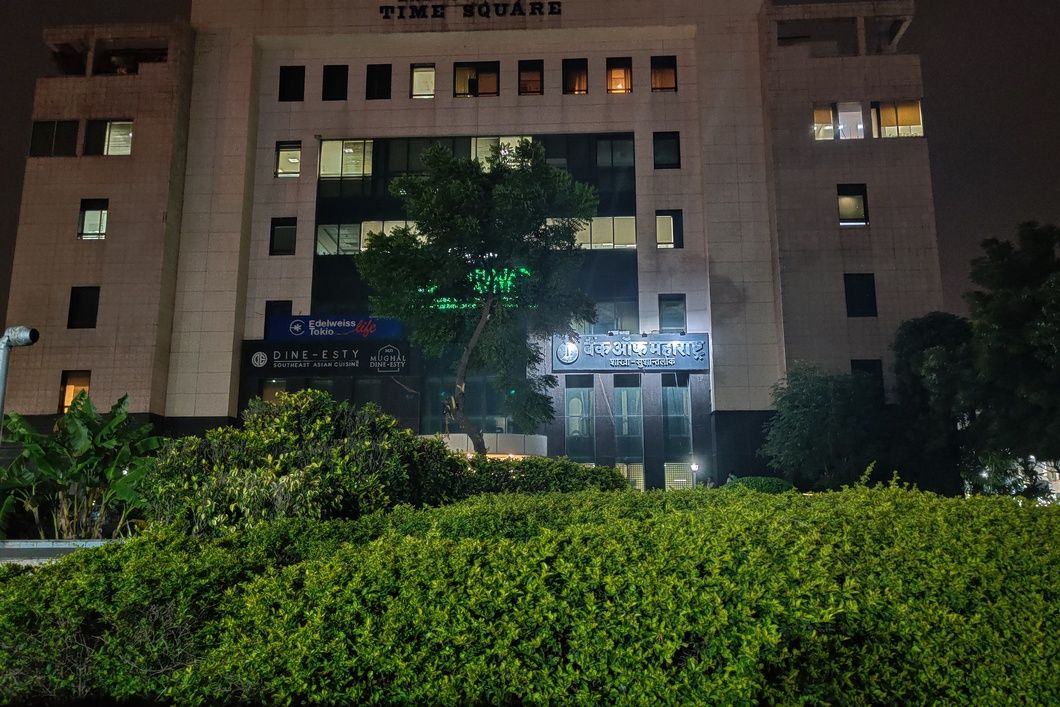
Both phones boast of dedicated night modes which use a mixture of long exposure and computational photography to generate a much more detailed picture in the night. Each brand has its own take on how best to tweak a photo with low light, but between OnePlus and Realme, the former looks to have a better understanding of how to do it better. Comparison between several night mode shots has shown me that details are just generally lacking in shots taken by the X2 Pro while the OnePlus 7T, in general, produces much more balanced photos which have a lot more detail. In the example above, one can see that Realme has lost details in the green shrubs at the bottom of the frame whereas in the 7T shot you can quite clearly make out individual leaves. The lens flare from the ‘Bank of Maharashtra’ logo has induced quite a bit of light in the shot which the phone has been unable to manage resulting in loss of detail not only in the logo but also on the building as well. The OnePlus 7T manages to adjust the exposure caused by the bright logo and underexposed it efficiently so that you can see small details on the building as well.
Selfies


The Realme X2 Pro comes with a 16MP front camera which is the same as seen on the OnePlus 7T in terms of megapixel count. Both produce decent photos in ample lighting conditions with good vivid colours, although both make use of heavy over-sharpening of facial features. Face detection on both the devices is quite fast and both smartphones can detect multiple faces. In low-light situations, a lot of the detail is lost in both the devices, but the Realme X2 Pro has the sharper of the two images. However, the Realme X2 Pro is worse off when it comes to the portrait mode on selfies. As can be seen in the photo below, the exposure behind me in the X2 Pro shot has gone bonkers, so much so that you can’t make out anything behind me. In comparison, the OnePlus 7T has kept much of the background relatively less exposed while keeping my face in good focus.


Verdict
There are highs and lows for both camera modules, but it seems apparent to me that despite the 64MP quad-camera setup, Realme still has some work to do. This becomes obvious during night mode photos, normal landscape photos and portrait shots. There are areas such as zoom-in and macro photography where the OnePlus 7T is beat, but these are modes that are rarely used by the average consumer. It seems that the 64MP sensor hasn’t been implemented to its full potential. To its end, OnePlus 7T also needs to make slight amends to its camera system and improve on macro and zoom photos, but overall there seems to be a remarkable difference between what OnePlus phones used to capture and what they can capture now. There is also the fact that the Realme X2 Pro starts at Rs 29,999 while the OnePlus 7T is priced starting at Rs 37,999. However, if standard camera performance is something you are after, it would be worth spending that extra Rs 8,000 for the OnePlus 7T.






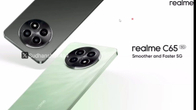

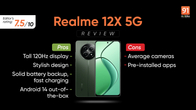
![[Update] OnePlus mistakenly announces Google Gemini Ultra AI coming to its phones later this year Thumbnail](https://www.91-cdn.com/hub/wp-content/uploads/2024/04/OnePlus-AI.jpg?tr=h-110,q-100,pr-true)


